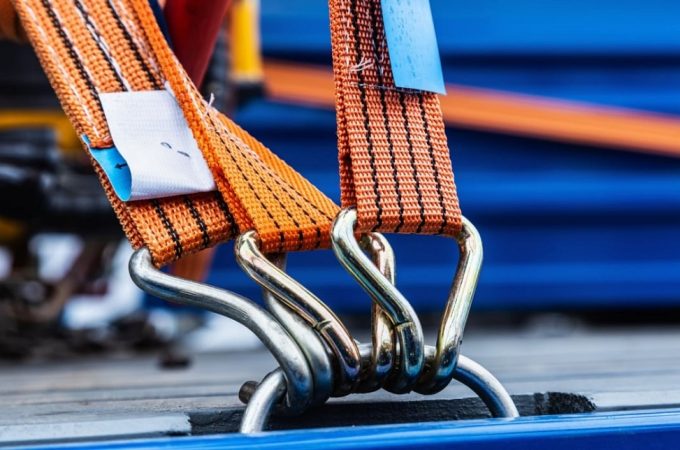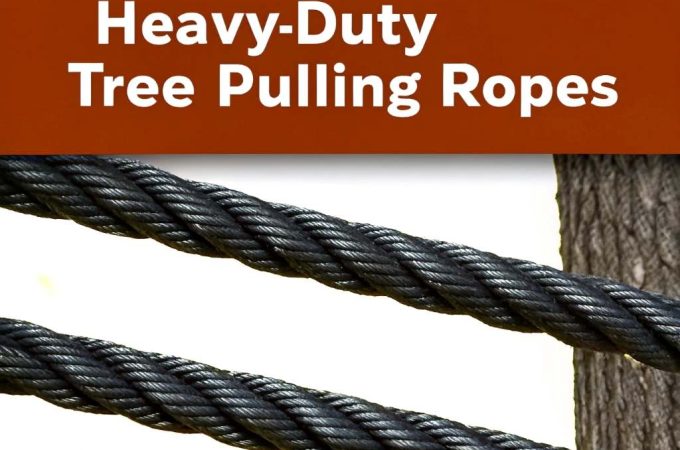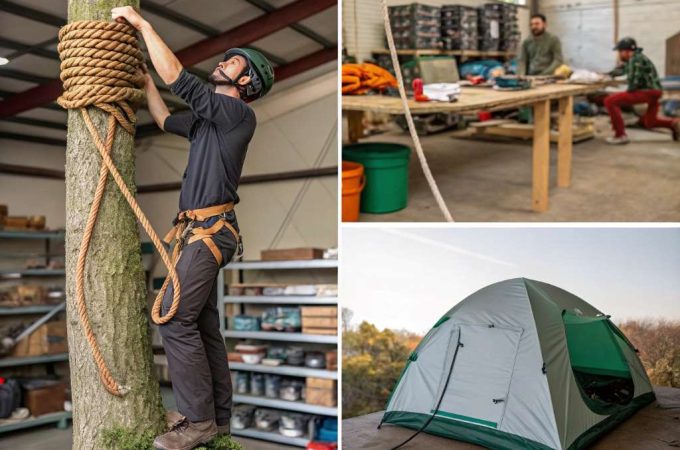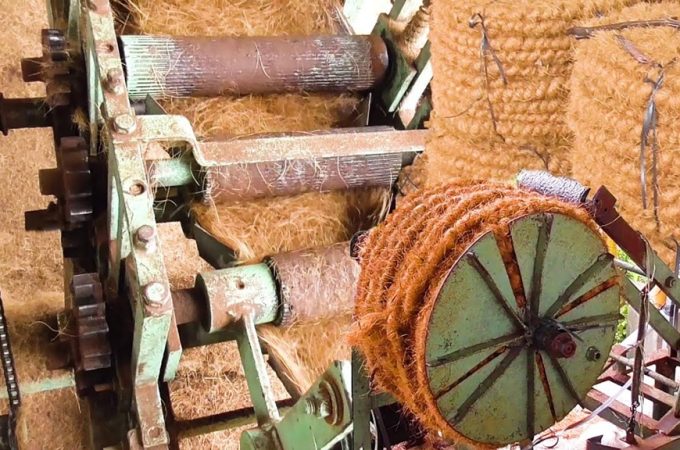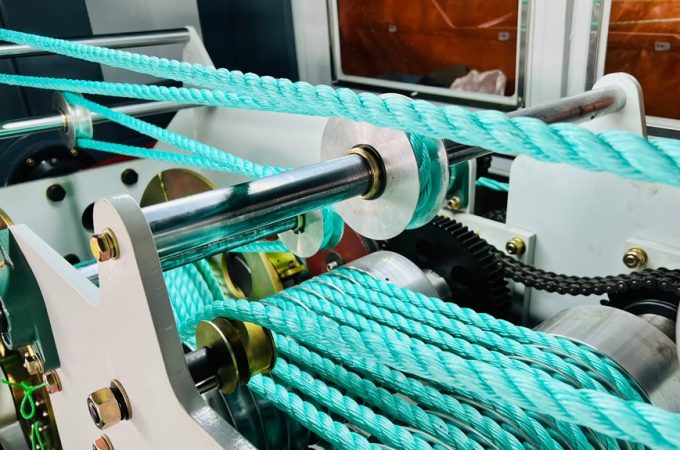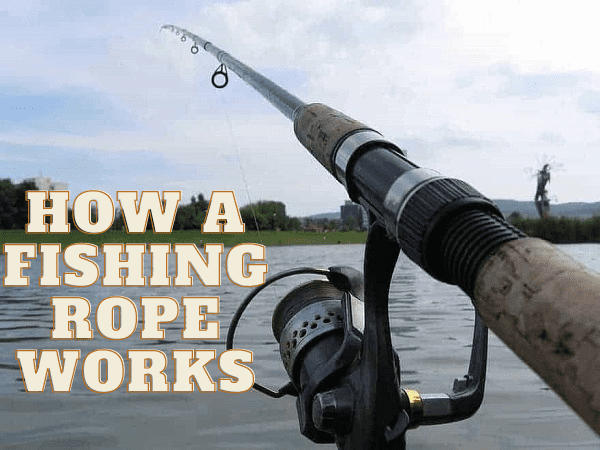
How A Fishing Rope Works: The Basics Of A Fishing Rope
Fishing is a sport in which you try your luck to land a fish. It can be both rewarding and fun, but it’s also quite physical. With the sun beating down on your shoulders, the boat rocking back and forth around you, and the only thing protecting you from creatures lurking below the water is a thin line made of something that could break at any moment – what could possibly go wrong?
Contents at a Glance
ToggleWhat is a fishing rope?
A fishing rope is a thin, flexible piece of material with a large enough diameter to support a heavy fish but small enough to fit through the eye of a hook. It also has a knot at one end that can easily be undone when you’ve caught your fish.
A fishing rope is made from either cotton or hemp. Cotton is more common, but hemp is sometimes used in cold climates because it’s stronger and doesn’t wear down as quickly as cotton.
The thickness of the rope also affects its strength. The thinnest ropes are the weakest and are typically used for smaller fish such as salmon or trout. Thicker ropes are better for bigger fish like tuna or swordfish, and can even hold weights up to 400 pounds.
How are fishing ropes made?
A fishing rope is basically a length of strong cordage that is used to catch fish. Fishing ropes are typically made from synthetic materials like polyester or nylon, but they can also be made from natural materials like animal gut or plant fibers. The most common type of fishing rope is the monofilament line, but there are also hybrid ropes that are a combination of monofilament and braid.
What are the uses for a fishing rope?
A fishing rope is used for a variety of purposes. It can be used to pull in a fish, as support when landing the fish, or to hold the fish while you remove it from the water.
The basic uses for a fishing rope are pulling in a fish, supporting when landing the fish, and holding the fish while you remove it from the water. Fishing ropes come in different sizes and strengths to accommodate your needs. The type of fishing you are doing will determine what type of rope is best for you.
Different types of materials are used in making a fishing rope!
Different types of materials used in making a fishing rope can be broken down into two categories- Natural materials and man-made materials. The natural materials include cotton, linen, and silk. These materials are quite strong but also susceptible to damage from moisture and salt. Man-made materials such as polypropylene and polyethylene are much more durable, but also less elastic. This means that they may not stretch as much as the natural materials, which can result in an increased risk of breaking when pulled taut.
Things to know before buying a fishing rope!
When you’re fishing, the most important thing is to have a good fishing rope. A fishing rope is essential for safely pulling in your catch. Here are some things to know about fishing ropes before you buy one:
-First, consider what kind of fishing you’ll be doing. A heavy-duty fishing rope is best for trolling or bait fishing, while a lightweight fishing rope is best for casting and line-fishing.
-Second, consider the size of the rope you need. Standard fishing ropes range in sizes from 3/8 inch to 2 inches wide.
-Third, decide on the type of knot you want. There are three main types of knots used for fishing: loop knots, half hitches and full hitches. Loop knots are best for baiting and trolling; half hitches are good for setting lines and retrieving baits, and full hitches are good for securing lines to anchors or trees.
-Fourth, consider the material of the fishing rope. Fishing ropes made from polyester or nylon tend to be stronger than those made from cotton because they resist breaking under pressure.
Conclusion
A fishing rope is an essential piece of gear for any fisherman, and understanding how it works is key to getting the most out of your fishing trips. In this article, we will detail the different parts of a fishing rope and explain their functions. We will also provide tips on how to choose the right fishing rope for your specific needs, as well as some helpful advice on how to use a fishing rope effectively. Thank you for reading!

